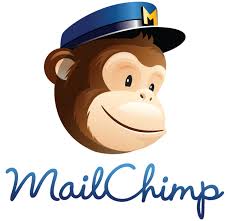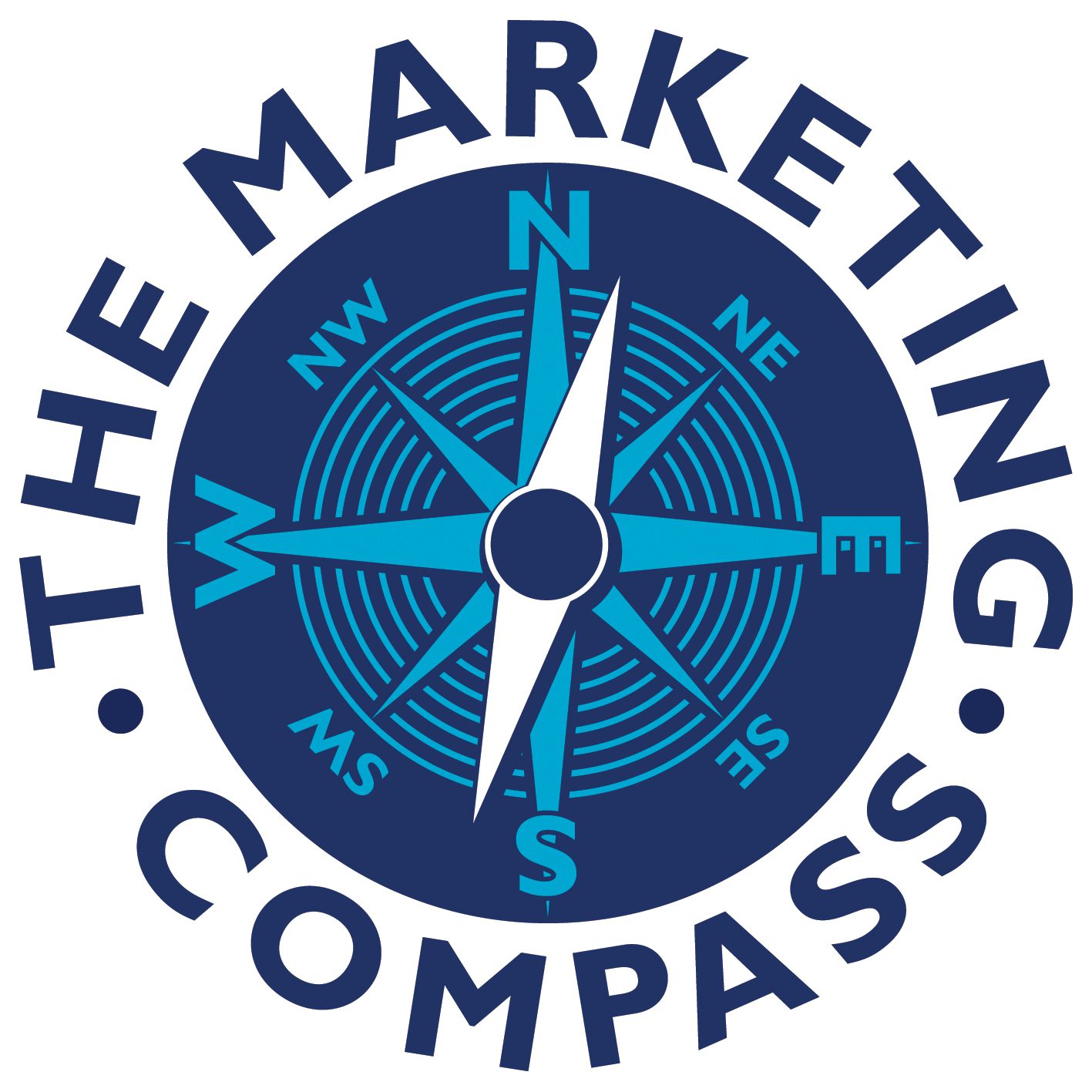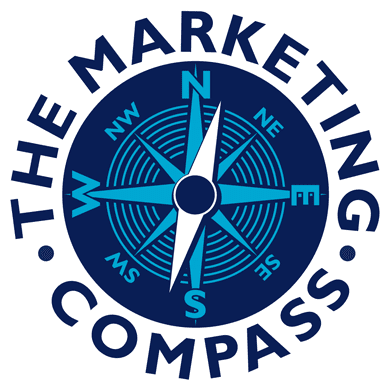 MailChimp is a cloud based ESP (Email Service Provider) for the production of e-newsletters, e-shots or other email based messages. You can login and use it via a web browser on a computer, laptop, tablet or smartphone. Over seven million people currently use MailChimp for their email marketing campaigns – including novices, small businesses and sophisticated marketing departments within famous name brands. You can use MailChimp to create, send and track messages to a handful of contacts or to millions of subscribers. You can choose from a selection of newsletter designs, create your email online and share it on the social networks. In addition, you can manage subscribers and track results.
MailChimp is a cloud based ESP (Email Service Provider) for the production of e-newsletters, e-shots or other email based messages. You can login and use it via a web browser on a computer, laptop, tablet or smartphone. Over seven million people currently use MailChimp for their email marketing campaigns – including novices, small businesses and sophisticated marketing departments within famous name brands. You can use MailChimp to create, send and track messages to a handful of contacts or to millions of subscribers. You can choose from a selection of newsletter designs, create your email online and share it on the social networks. In addition, you can manage subscribers and track results.
Less than 2000 subscribers? Use it for free.
If you have less than 2000 subscribers (and you send them less than 12,000 emails a months), you can use MailChimp for free.
Incidentally, if you find it all a bit overwhelming, or if you’re too busy to spend time figuring it all out, I offer MailChimp training courses.
MailChimp reports
The reports are endlessly fascinating. The information starts populating shortly after you send a Campaign. You can see Open rates; Click throughs (“who clicked on what?”); Delivery rates (including graphs); Bounces; List growth; Geographic location; Email click-map overlay (heat map); Subscriber activity reports; Revenue reports (via ecommerce integration); Unsubscribes; Industry comparison; and VIP reports – amongst other things.
Building your list
MailChimp offers a range of signup forms, which include versions for Facebook and WordPress. Numerous signup form features are available, including a ‘subscribe form URL’ which you can use within your email signature, an email to customers and contacts inviting them to subscribe, within the social networks; or as a link within your website (‘join our list here’).
Creating Campaigns
Personally, I prefer to create my own Campaigns and design them within MailChimp. You can see how the Campaign is developing as you work on it and you can Preview it at any time (and of course send yourself / colleagues those all important test emails). Alternatively, you can use one of the pre-designed Campaign templates or import your own html code, if you have a bespoke design.
Social media
You can auto Tweet your Campaigns or auto post them to Facebook. In addition, you can embed social Follow and Share buttons within your Campaigns.
Sending relevant information / dividing your list
As your list grows, you will find that one size does not fit everyone. The answer is to divide your list up. The Groups feature enables you to categorise subscribers by interests and preferences, so that you can send them the right messages. In addition, the ‘Segments’ feature can refine the process. For example, you can use Segments to send your most engaged subscribers relevant news or special offers.
Learning about MailChimp
There are thousands of training videos available, which really help when you are learning how to use it (there are a lot of features). To find these, click on the looking glass icon in the upper right hand corner of MailChimp pages (and then search).
I hope that you have found this MailChimp review to be useful. I offer in-house and open MailChimp courses via: www.mailchimptraining.co.uk

